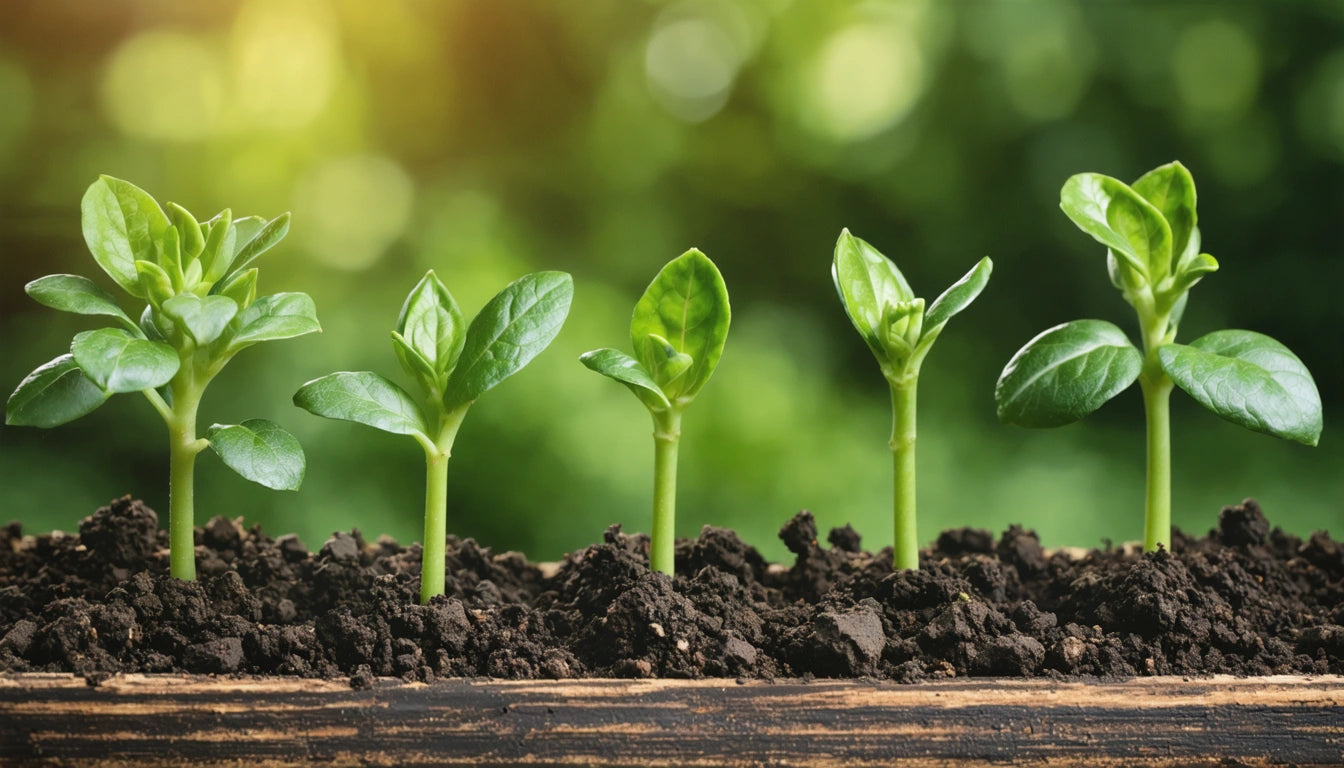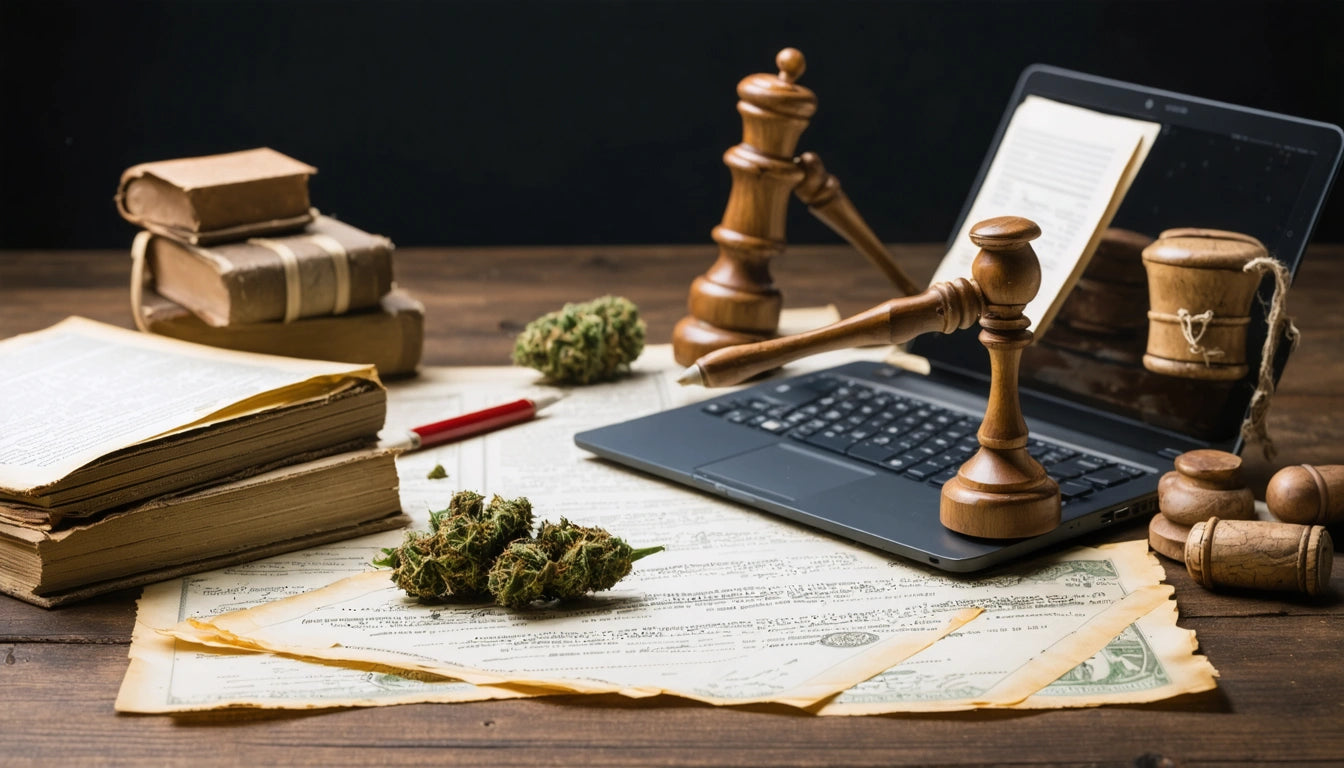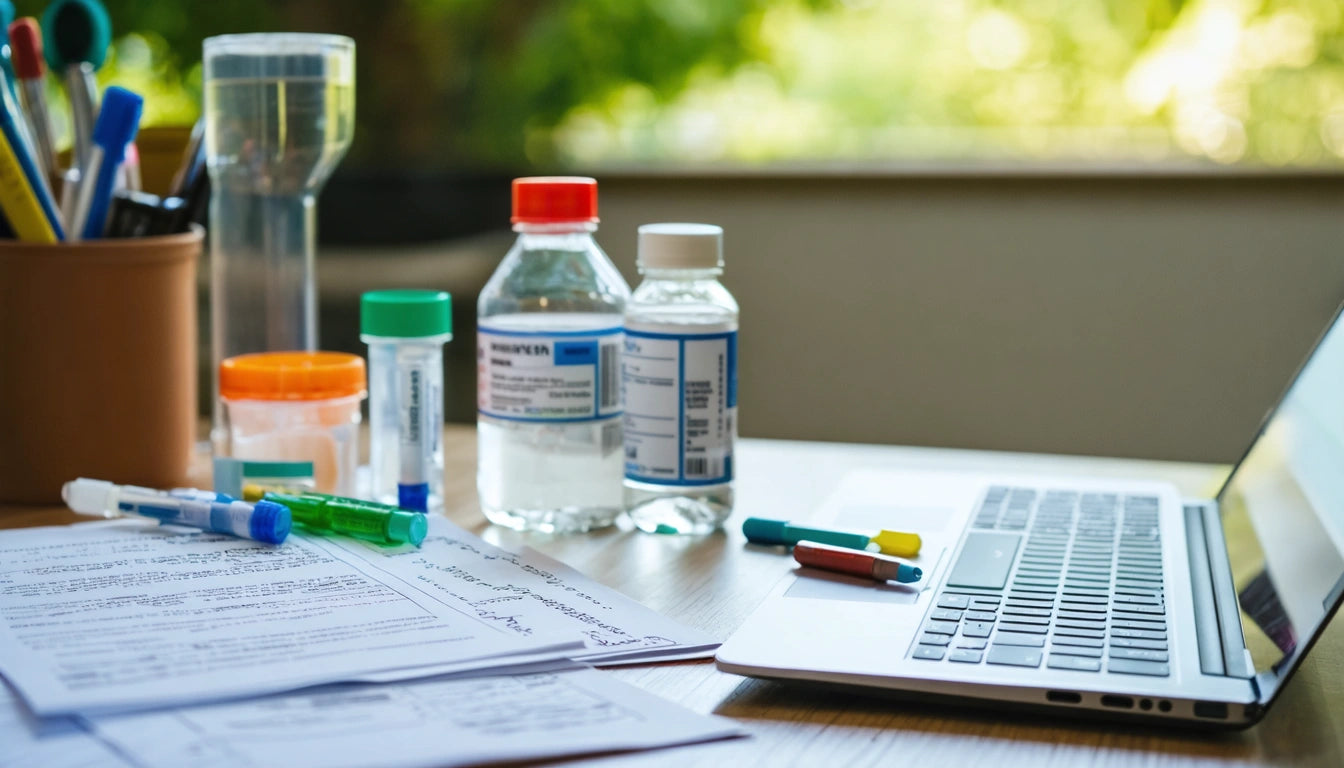Table of Contents
When to Transplant Seedlings to Larger Pots: A Guide
Knowing when to transplant seedlings to larger pots is crucial for plant health and development. Seedlings that remain too long in small containers become root-bound, stunting their growth and reducing yields. Conversely, transplanting too early can stress delicate plants and damage undeveloped root systems. This guide will help you identify the perfect timing and technique for moving your seedlings to their new homes.
Signs Your Seedlings Are Ready for Transplanting
Successful transplanting begins with recognizing when your seedlings have outgrown their current containers. Here are the key indicators that it's time to transfer seedlings to bigger pots:
- True leaves development - Wait until seedlings have developed 2-3 sets of true leaves (not counting the initial seed leaves or cotyledons)
- Visible roots - Roots emerging from drainage holes or visible through transparent containers
- Height relative to container - Seedling height approximately 3 times the height of the container
- Slowed growth - Noticeable slowdown in development despite adequate light and water
- Leaf discoloration - Yellowing of lower leaves despite proper nutrition
According to our comprehensive transplanting guide, most seedlings are ready for their first transplant 2-4 weeks after germination, though this varies by species.
Optimal Timing for Different Plant Types
Vegetables and Herbs
Different plants have unique transplanting schedules. For common garden vegetables:
- Tomatoes: Transplant when 3-4 inches tall with 2-3 sets of true leaves
- Peppers: When to pot up pepper seedlings is typically at 2-3 inches tall with 3 sets of true leaves
- Leafy greens: These grow quickly and should be transplanted when just 1-2 inches tall
- Herbs: Most herbs benefit from transplanting when 2-3 inches tall
Cannabis Seedlings
Cannabis has specific requirements for optimal growth. According to our cannabis seedling guide, these plants typically need transplanting when they have 3-5 sets of true leaves, usually 2-3 weeks after germination. For precise measurements during this critical phase, accurate digital scales help monitor growth rates and ensure you're providing the right amount of nutrients for developing plants.
Preparing for the Transplant Process
Proper preparation minimizes transplant shock and promotes healthy root development:
- Choose appropriate containers - Select pots 1-2 inches larger in diameter than current containers
- Prepare quality soil mix - Use light, well-draining soil formulated for seedlings
- Water timing - Moisten seedlings 1-2 hours before transplanting to help soil hold together
- Harden off indoor seedlings - For outdoor transplants, gradually acclimate plants to outdoor conditions over 7-10 days
As noted in our repotting guide, having all materials prepared before you begin minimizes the time roots are exposed to air.
Step-by-Step Guide to Transplanting Seedlings
Follow these steps when moving seedlings to bigger pots:
- Fill new containers - Add pre-moistened potting soil to about 3/4 full
- Remove seedlings carefully - Squeeze biodegradable pots gently or use a spoon to scoop out seedlings from plastic containers
- Handle by leaves - Avoid touching the stem; hold plants by their leaves when moving
- Position properly - Place seedling in new pot at same depth as original container (except tomatoes, which can be planted deeper)
- Backfill and firm soil - Add soil around the root ball and press gently to remove air pockets
- Water thoroughly - Water until moisture emerges from drainage holes
Proper technique when you transfer seedlings to pots significantly reduces transplant shock and promotes faster establishment.
Common Transplanting Mistakes to Avoid
Even experienced gardeners can make these common errors:
- Transplanting too early - Moving seedlings before adequate root development
- Waiting too long - Allowing plants to become severely root-bound
- Rough handling - Damaging delicate stems or roots during the process
- Improper depth - Planting too deep or too shallow in the new container
- Inadequate watering - Not providing enough moisture after transplanting
- Wrong pot size - Choosing containers that are too large or too small
Avoiding these pitfalls will significantly improve your transplanting success rate and plant health.
Post-Transplant Care for Healthy Growth
After transplanting, seedlings need special attention to recover and thrive:
- Light management - Provide indirect light for 1-2 days before returning to full light conditions
- Watering schedule - Keep soil consistently moist but not waterlogged for the first week
- Temperature control - Maintain stable temperatures and avoid extreme fluctuations
- Fertilization timing - Wait 1-2 weeks before applying any fertilizer to avoid root burn
As detailed in our seedling care guide, proper post-transplant care significantly reduces recovery time and promotes vigorous growth.
Advanced Techniques for Specialized Plants
For experienced gardeners looking to optimize plant development, consider these specialized approaches:
- Root pruning - Trimming outer roots of severely root-bound plants to stimulate new growth
- Progressive potting - Using a series of incrementally larger containers rather than one large jump
- Mycorrhizal inoculation - Adding beneficial fungi to transplant soil to enhance root development
- Specialized transplant solutions - Using vitamin B1 or seaweed extract solutions to reduce transplant shock
These techniques can be particularly valuable for specialty crops or when seeking to maximize yields in limited growing seasons.
Understanding when to transplant seedlings to pots is as much art as science. By observing your plants closely and responding to their growth signals, you'll develop an intuition for perfect timing. Remember that different plant varieties have unique requirements, so adjust your approach based on specific plant needs and growing conditions.











Leave a comment
All comments are moderated before being published.
This site is protected by hCaptcha and the hCaptcha Privacy Policy and Terms of Service apply.